Compression leggings have become a staple in many athletes’ wardrobes, and for good reason. Designed to provide targeted support to muscles during and after physical activity, these leggings offer a range of benefits that help athletes improve performance, speed up recovery, and enhance comfort. Whether you’re training for a marathon, lifting weights, or practicing yoga, compression leggings can make a significant difference in your athletic experience. In this article, we’ll explore why compression leggings for women are a game-changer for athletes and how they can elevate your fitness routine.
What Are Compression Leggings?
Compression leggings are specifically designed to fit tightly against the body, using high-stretch materials like spandex, polyester, or nylon. The idea behind compression wear is to apply a controlled amount of pressure to specific muscles, which promotes better blood circulation and helps reduce muscle vibration during exercise. By increasing blood flow, compression leggings can also help clear lactic acid from muscles, reducing soreness and improving recovery times.
How Compression Leggings Benefit Athletes
- Enhanced Muscle Support and Stability: One of the primary reasons compression leggings are a game-changer for athletes is their ability to provide extra support and stability to muscles during physical activity. The snug fit of compression leggings helps stabilize muscles, which can prevent excessive movement and reduce the risk of injury. This is particularly beneficial during high-impact exercises such as running, jumping, and strength training. Compression leggings help keep muscles aligned, allowing athletes to perform movements more effectively and with better form. Why it Matters: The added stability can help prevent strains, sprains, and muscle injuries, allowing athletes to push their limits without fear of overexertion.
- Faster Muscle Recovery: Recovery is just as important as the workout itself, and compression leggings play a key role in speeding up the recovery process. By improving circulation, compression wear helps deliver oxygen-rich blood to fatigued muscles, aiding in the removal of metabolic waste products like lactic acid. This promotes faster healing and reduces muscle soreness after intense exercise or competition. Many athletes use compression leggings post-workout to enhance recovery and minimize stiffness the following day. Why it Matters: Compression leggings are particularly helpful after long runs, intense weight-lifting sessions, or strenuous physical activities where muscle fatigue is common.
- Reduced Swelling and Inflammation: Athletes who participate in activities that involve repetitive movements, such as running, cycling, or swimming, often experience swelling in their legs or feet. Compression leggings provide consistent pressure that helps prevent or reduce swelling by encouraging proper fluid drainage and circulation. This is especially beneficial for athletes who experience swelling in their calves, thighs, or ankles during or after workouts. Why it Matters: Compression leggings can help prevent the buildup of fluid, reducing the feeling of heaviness and swelling that can slow athletes down or impact performance.
- Improved Performance: While compression leggings are often associated with recovery, they can also enhance performance during exercise. Studies suggest that compression wear can reduce muscle oscillation or “jiggling” during physical activity, which helps athletes conserve energy and reduce muscle fatigue. By stabilizing the muscles, compression leggings also reduce the impact forces on muscles and joints, allowing athletes to perform at a higher intensity for longer periods. Why it Matters: Compression leggings can help athletes feel more confident and capable during their workouts, which may contribute to improved performance and endurance.
- Increased Comfort: The snug, second-skin fit of compression leggings provides a comfortable and supportive fit for athletes of all types. Unlike traditional leggings or workout pants, compression leggings move with the body, preventing chafing and irritation that can occur with loose clothing. Additionally, the stretchy material used in compression leggings allows for a full range of motion, so athletes can bend, stretch, and move freely without restriction. Why it Matters: Comfort is key when it comes to athletic wear. Compression leggings provide a comfortable fit that helps athletes focus on their performance without being distracted by clothing discomfort.
How Compression Leggings Aid in Specific Sports
- Running: Compression leggings help reduce muscle fatigue and soreness, allowing runners to go longer distances with less strain on their legs and hips.
- Weightlifting: The added muscle support and stability of compression leggings help weightlifters perform squats, deadlifts, and other lifts with proper form while preventing injuries.
- Cycling: Compression leggings can help reduce swelling in the legs after long rides, providing recovery support and improving circulation.
- Yoga and Pilates: The flexibility and comfort of compression leggings make them an excellent choice for yoga and Pilates practitioners, as they allow for deep stretches and movements without feeling restrictive.
How to Choose the Right Compression Leggings for Athletes
When selecting compression leggings, there are a few key factors to keep in mind:
- Compression Level: Compression leggings are available in various levels of pressure. Choose a higher compression level (20-30 mmHg) for intense activities like running and weightlifting, or go for a moderate compression level (15-20 mmHg) for low-impact exercises.
- Fabric: Opt for leggings made from moisture-wicking, breathable materials like nylon or polyester to keep you cool and dry during workouts.
- Fit: Make sure the leggings fit snugly but are not too tight to restrict movement. Look for leggings with a stretchy waistband for added comfort.
- Durability: Compression leggings should be durable enough to withstand frequent use, so consider brands known for their high-quality construction and performance.
Top Compression Leggings for Athletes
Here are some of the best compression leggings for athletes:
- 2XU Compression Tights: Known for their graduated compression, these leggings help reduce muscle fatigue and improve circulation.
- Nike Pro Compression Tights: These leggings offer lightweight support and are designed to keep athletes comfortable during high-intensity workouts.
- Under Armour HeatGear Compression Leggings: These leggings provide superior moisture-wicking properties and muscle support, making them ideal for cardio workouts.
- Skins A200 Compression Tights: These leggings provide high-performance compression for faster recovery and improved muscle endurance.
- Lululemon Surge Tight: Offering moderate compression and flexibility, these leggings are perfect for strength training and yoga.
Conclusion
Compression leggings for women are a game-changer for athletes, offering a host of benefits that support performance, recovery, and comfort. By improving circulation, providing muscle stability, and reducing fatigue and swelling, compression leggings help athletes achieve better results while minimizing the risk of injury. Whether you’re training for a marathon, lifting weights, or practicing yoga, investing in a high-quality pair of compression leggings can make a significant difference in your athletic performance.
-
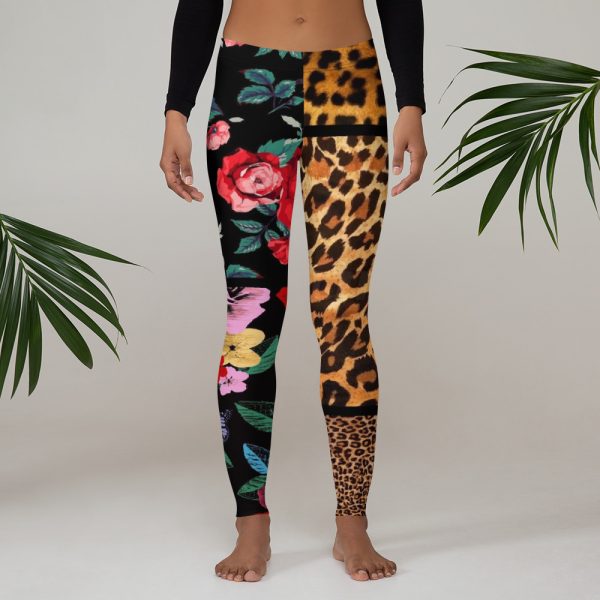 Designer Leggings Black Floral Leopard Animal Print$81
Designer Leggings Black Floral Leopard Animal Print$81 -
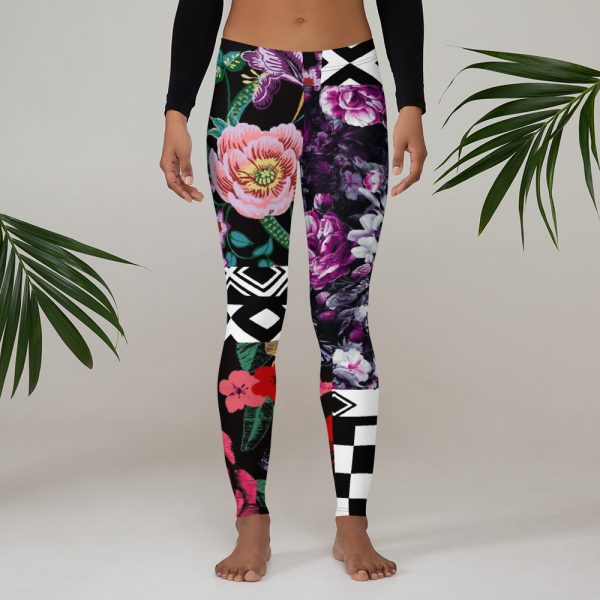 Leggings Black Floral Purple Red White Checkered$81
Leggings Black Floral Purple Red White Checkered$81 -
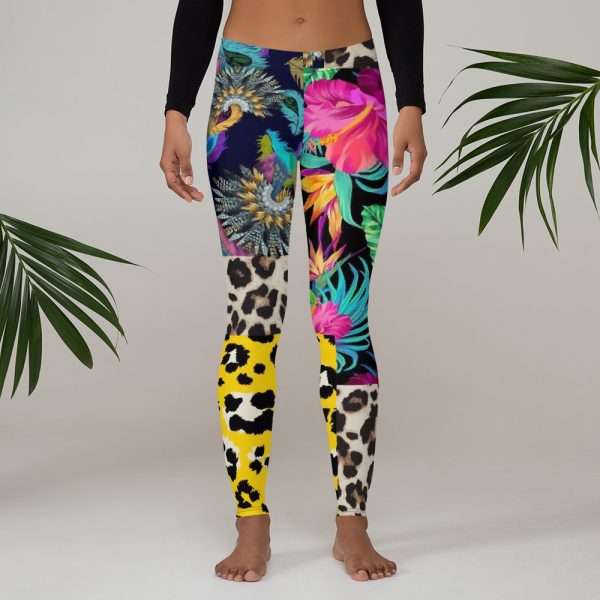 Leggings Floral Black Yellow Green Leopard Animal Print$81
Leggings Floral Black Yellow Green Leopard Animal Print$81 -
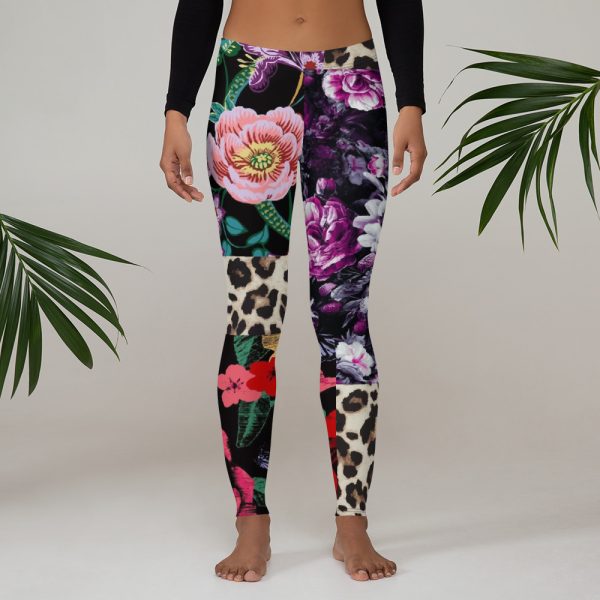 Leggings Floral Black Purple Red Leopard Animal Print$81
Leggings Floral Black Purple Red Leopard Animal Print$81 -
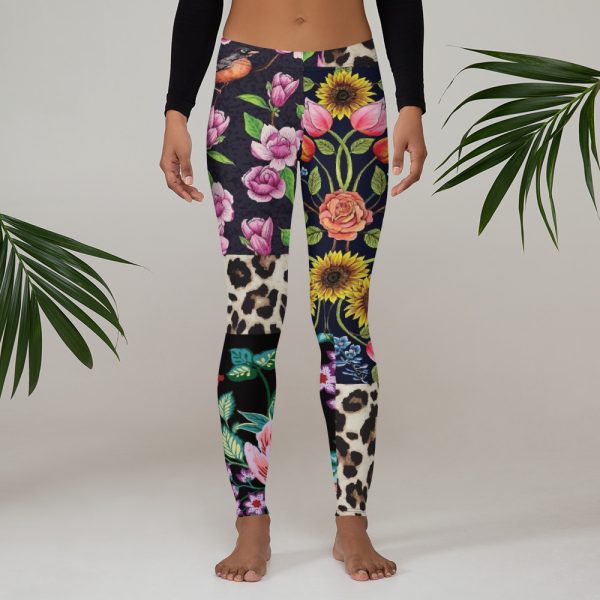 Leggings Floral Black Green Purple Leopard Animal Print$81
Leggings Floral Black Green Purple Leopard Animal Print$81 -
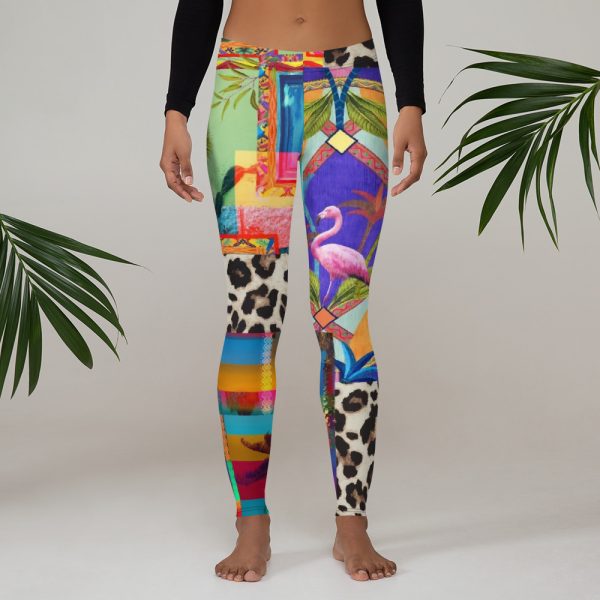 Leggings Floral Rainbow Green Green Purple Leopard Animal Print$81
Leggings Floral Rainbow Green Green Purple Leopard Animal Print$81 -
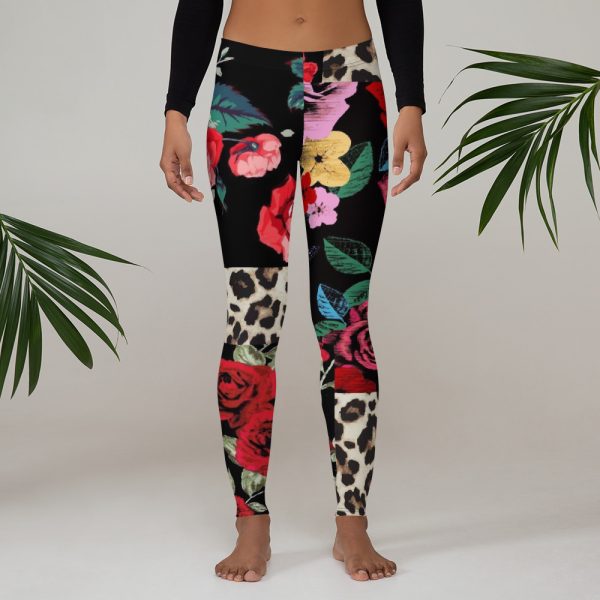 Leggings Floral Black Red Leopard Animal Print$81
Leggings Floral Black Red Leopard Animal Print$81 -
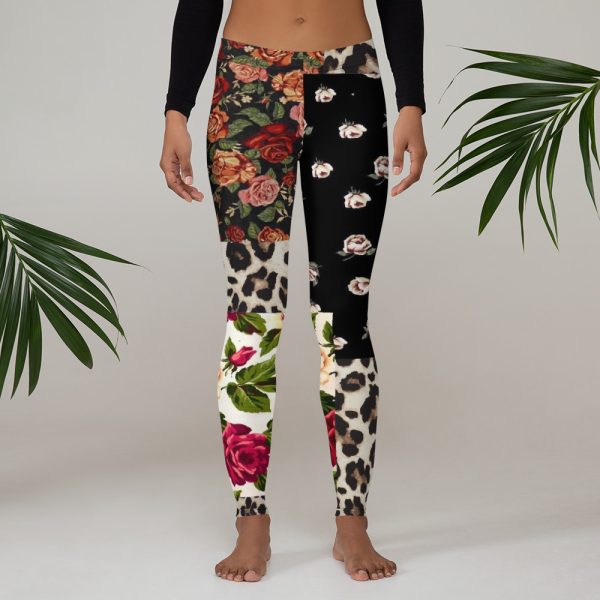 Leggings Floral Black White Brown Leopard Animal Print$81
Leggings Floral Black White Brown Leopard Animal Print$81 -
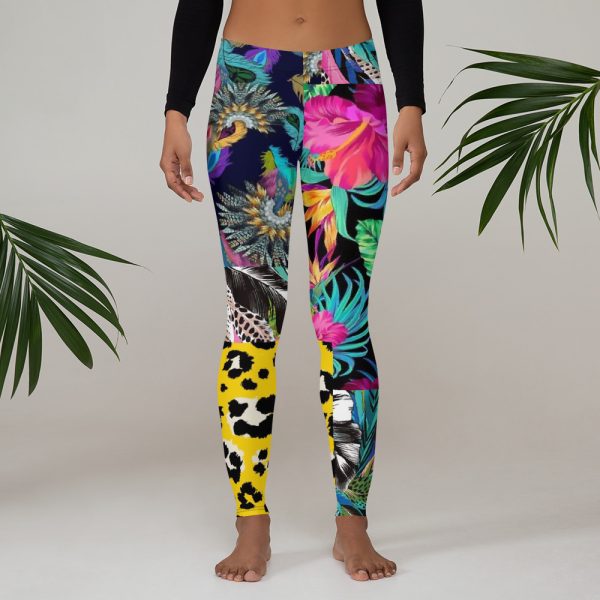 Leggings Floral Black Yellow Green$81
Leggings Floral Black Yellow Green$81
